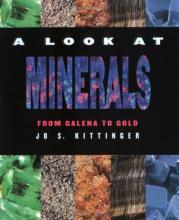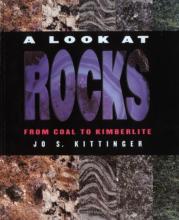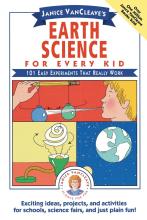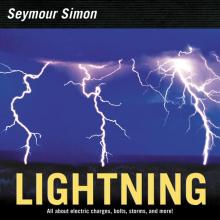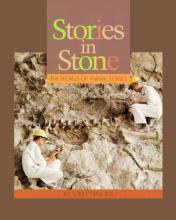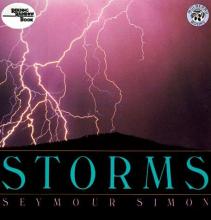Earth Science
A Look at Minerals
A surprisingly interesting (and fairly in-depth) picture book that introduces children to minerals – which include metals and gems. Many full color photos highlight and enhance the text, which covers topics such as Mohs' Scale of Mineral Hardness, ice crystals, cleavage planes (the way minerals break when cut) of various minerals, metals in their natural state, special metals like gold, silver and platinum, how various minerals form and what they look like in their natural state. My children and I found this to be quite an interesting book.
A Look at Rocks
I really didn't expect to get much out of a children's picture book on rocks. Rocks are, well, rocks! I was wrong. Mrs. Kittinger has done a fine job in presenting various types of rock, how they are formed in nature (with a significant emphasis on volcanoes) and the various fascinating and often beautiful varieties of rocks. There are many stunning photos and fascinating statistics on rock-related items from Mount Rushmore (and it's lesser known "sister-sculpture" – Stone Mountain – of some "monumental" figures of the Confederacy) to the Grand Canyon to amazing volcano formations. The book also includes a glossary, an index, suggestions for further reading and internet resources for rock collectors.
Caves and Caverns
Close to the Wind
Earth Science for Every Kid
In the Van Cleave tradition, this book presents 101 experiments that are simple, yet informative, and can easily be performed in the home. The book covers seven major segments: Earth in Space, Rocks and Minerals, Crustal Movement, Erosion, Atmosphere, Weather and Oceans. Some experiments are designed to demonstrate, with simple objects, properties of the earth and its components such as "how the composition of the Earth affects its motion" and "how the speed and direction of air affect falling rain." These type of experiments generally cover things which can't be directly experimented with but can be understood through other things. Other experiments determine actual properties by experimenting with salt, water, ice, etc. to more directly understand how they work.
Journey into Amazing Caves
Lightning
Seymour Simon, famous for his children's science books illustrated with stunning photography, hits another home run with Lightning. This fascinating book details facts and fascinating statistics about lightning with lots of the "wow!" effect that helps keep middle-schoolers interested in science. Did you know that scientists have discovered new types of lightning within the past ten years? How long would the electricity from one bolt of lightning power one lightbulb? These and many more fascinating photos and facts await the reader of this very nice science book. I really like to have these kinds of books around my house to help my children get a lot more out of science than I did as a child.
Stories in Stone
Although this is a meaty book for its age level and rather lengthy, my children were completely absorbed when I read this aloud to them.
Stories in Stone presents the "World of Animal Fossils" and the story of the dinosaurs from the point of view of generally accepted scientific theories of today. Chapter 1 (A Rock Sandwich) covers introduces the idea of fossils, how they were formed, types of fossils, the scientific classification of animal species ("Why Dinosaur Names are Hard to Spell") and how scientists determine the age of fossils.
Chapter 2 (Buried at Sea) covers the oldest fossils that are believed to have come from ancient oceans (although they are found in very dry places today). This chapter also covers the theory that "about 180 million years ago, Earth had one huge continent ... surrounded by a large ocean".
Chapter 3 (Swimmers in the Sand) covers fossils of early fishes and sharks and ancient ocean mammals and reptiles.
Chapter 4 (The Terrible Lizards) covers the dinosaur world – including the first modern discoveries of dinosaur bones and the general scientific understanding of when and how the dinosaurs lived.
Chapter 5 (Furs and Feathers, Bones and Teeth) covers fossils of ancient birds, saber-toothed cats, mammoths and mastodons.
I've never had a great interest in fossils myself and always tended to skip over the relevant sections of animal books, but I have to admit that this book was well-written and quite interesting.
full-color photos
Storms
Like Seymour Simon's book on Lightning, reviewed above, this text combines incredible photographs with very interesting text to introduce young readers to some basics of severe weather. The text concentrates on thunderstorms, lightning, hail, tornadoes, and hurricanes. The statistics and little stories about these storms are weird and fascinating and you'll also find lots of solid scientific content.

